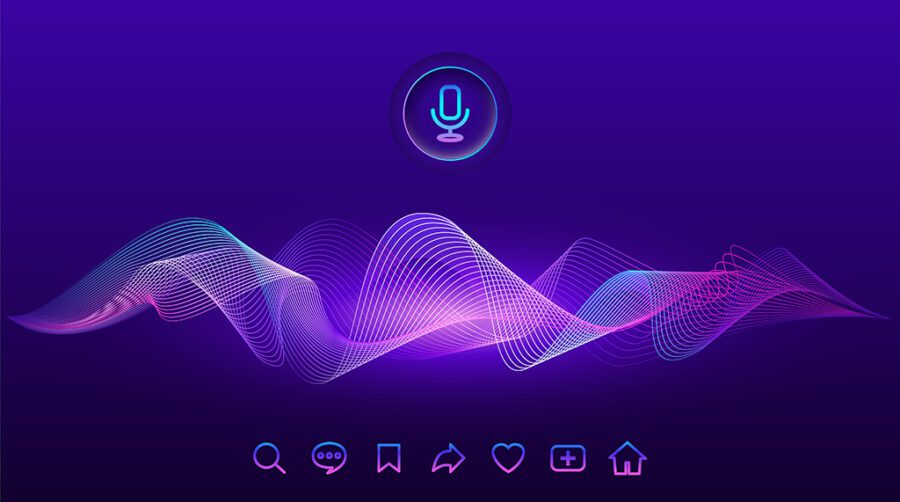
Introduction
The text-to-speech (TTS) assistive technology uses artificial intelligence to translate information written in a human-readable form in one language into audio, voice, or speech with a human accent.
Such systems turn text into audio or speech output using AI-driven algorithms as the input. It is also referred to as “real aloud technology” because it reads the text aloud.
How Do Text-To-Speech Solutions Work?
Numerous businesses and organizations have used artificial intelligence to develop cutting-edge methods and solutions. Text recognition and text-to-speech conversion are two areas where AI demonstrates incredible power.
Working a Text-To-Speech requires an AI-based system with natural language processing(NLP) capabilities. The NLP Engine generates human-like voices, which make the text more interactive and fluent.
A large block of text is passed on to the NLP engine, which breaks it down into smaller fragments of words and sentences; each word is then processed to produce the most desirable speech.
To achieve the desired voice quality, we can select the designated text. Further, it is possible to automate the process by choosing the correct voice quality.
Key Features of Text-To-Speech Solutions
Pitch Control
The voice rate, loudness, text emphasis, and pronunciation are controlled according to the situation.
Multiple Languages and Accents
TTS provides a wide range of vocabulary, primarily in Indian, English, and Text-to-Speech Hindi online. Having the native touch of a local language will help a business build its regional presence and develop trust in that geographical area.
Benefits of Text-To-Speech Solutions
Control the Voice
As users, we can have total discretion over how the voice is delivered. The itch, tempo, and accent of the replay voice can all be changed. Essentially, we can alter the pace and tone of the playback voice according to our customer preferences, thanks to the control over the playback voice.
Cost-effective
Due to the numerous pricing options, such solutions help businesses manage costs and gain transparency.
Enhanced Brand Reach
TTS delivers a customized experience to the user with features like regional greetings, customizable hold music, and assistance in increasing the conversion rate from enquires to customers.
Industry Application of Text-to-Speech Solutions
TTS solutions are used widely in customer service and contact centers. It is now simple to write texts and convert them to pre-recorded voices for interactive voice response calls, thanks to voice recognition and voice-to-voice conversion techniques. On IVR calls, contemporary TTS technology enables a voice that sounds like a natural person.
Text-to-speech voice applications and programs turn readable digital texts into synthetic speech utilizing human-sounding voices. Using AI-powered algorithms, TTS solution providers make it simple for businesses to translate written words into audio data.
Websites, apps, and textbooks are just a few examples of the uses for which this solution might be incorporated. Most organizations utilize text-to-speech voices in one way or another due to the benefits of TTS technology and how simple they make information retention.
It enables companies to connect with a more extensive customer base and elicit favorable responses. Through cloud platforms, calls can be processed automatically, reducing the need for human intervention and effort.
The firm can now concentrate on the text inquiries created. On the other hand, the customer support team may focus on more critical issues on a priority basis because it lowers the errors brought about by human error during communication.
Conclusion
Knowlarity offers personalized Text-to-Speech India services. It is a globally trusted product by over 6000+ businesses across 65+ countries and is ranked the leading cloud communication provider in emerging markets. To convert any digital text to voice/speech and improve IVR options, Knowlarity offers TTS solutions with integrated pitch control, excellent voice quality, and multilingual and multi-accent support.
